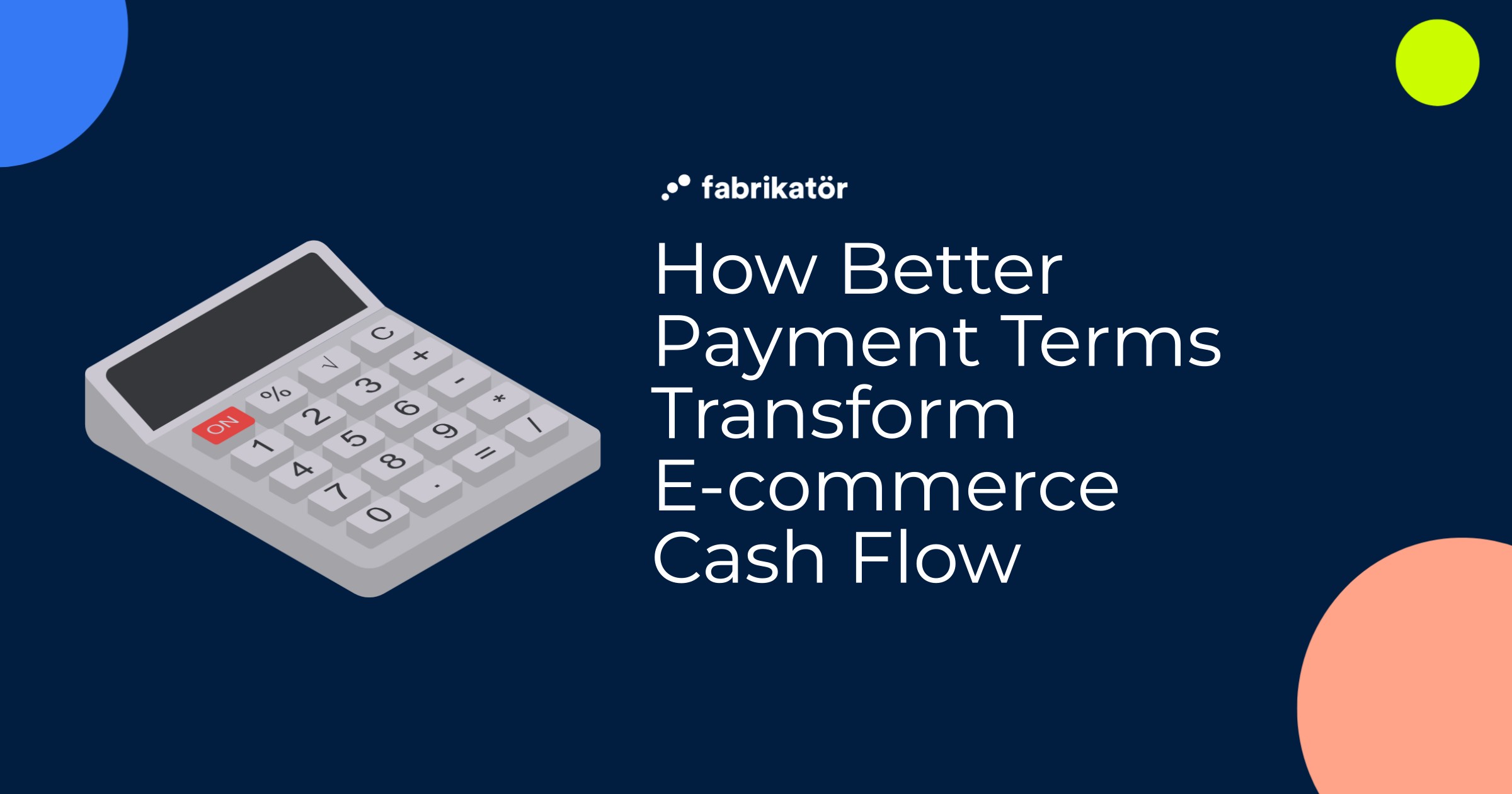Ecommerce Order Management System: A Complete Guide
.webp)
Understanding the Importance of Order Management in Ecommerce
Effective order management is essential for any ecommerce or DTC (Direct to Consumer) business that wants to stay competitive. Managing orders efficiently is not only about tracking shipments; it’s about creating a seamless experience for customers from the point of purchase to delivery. An efficient order management system (OMS) helps manage purchase orders, automate tasks, and maintain inventory balance, ensuring that your products reach your customers on time.
In this blog, we'll cover the essentials of order management, explain what an Order Management System (OMS) is, and provide key steps to help you streamline your order management process for your ecommerce business.
What is an Order Management System (OMS)?
An Order Management System (OMS) is a tool that centralizes all aspects of order processing, including inventory management, sales channels, fulfillment, and customer interactions. It helps automate repetitive tasks, manage purchase orders, and keep track of inventory in real time.
For ecommerce businesses, having an effective OMS is key to preventing issues like stockouts, overstocking, and delayed deliveries, which can impact customer satisfaction and lead to lost sales.
Benefits of an Order Management System for Ecommerce
- Centralized Order Processing: An OMS provides a single platform for tracking orders across multiple sales channels, ensuring consistency and reducing errors.
- Improved Inventory Accuracy: Integrating an OMS with your inventory management system helps maintain real-time visibility into stock levels, preventing stockouts or excess inventory.
- Automated Purchase Orders: An OMS can automatically generate purchase orders based on inventory thresholds, streamlining the replenishment process. Learn more about automating purchase orders in our 6 Steps to Automate Purchase Orders for Ecommerce blog.
- Enhanced Customer Experience: A well-managed OMS ensures that orders are fulfilled quickly, improving the overall customer experience.

Steps to Effectively Manage Orders for Your Ecommerce
1. Automate Purchase Orders for Efficient Replenishment
Automating purchase orders can help ensure that your inventory is always in line with demand. By setting up automated rules within your OMS, you can trigger replenishments when inventory levels drop below a certain point. This reduces the risk of stockouts and helps maintain an optimal stock balance.
For more information on how to automate purchase orders, visit our purchase orders feature page.
2. Integrate Inventory Management with Your OMS
To effectively manage orders, your order management system should be seamlessly integrated with your inventory management system. This integration ensures that inventory data is accurate and up-to-date, which helps prevent issues like overselling or understocking.
Inventory integration also helps you determine the optimal order quantity for each product, reducing the risk of holding excess inventory or running out of stock. To calculate the right amount to order, check out our guide on finding the optimal order quantity.
3. Use Real-Time Order Tracking
Customers expect transparency when it comes to order fulfillment. By implementing real-time order tracking, you can keep your customers informed about their order status at every step of the process. This feature not only improves the customer experience but also reduces the number of support inquiries related to order status.
Real-time tracking also helps your internal teams stay on top of each order, ensuring that no orders are missed or delayed.
4. Implement Order Management Automation
Order management automation is about automating repetitive tasks like invoicing, payment processing, and order confirmation emails. Automation helps reduce human errors and speeds up the fulfillment process, allowing you to handle larger order volumes more efficiently.
Automating these aspects of order management will also free up your team to focus on strategic tasks, like improving customer service or expanding your product offerings.
5. Centralize Sales Channels
For ecommerce businesses selling across multiple platforms (e.g., Shopify, Amazon, and your own online store), centralizing sales channels is key to effective order management. By centralizing all sales channels within a single OMS, you can view all orders in one place, eliminating the need for manual data entry and reducing the chances of errors.
A centralized OMS also helps you manage inventory more efficiently across multiple channels, preventing stock discrepancies and improving overall inventory visibility.
6. Regularly Audit and Optimize Your OMS
Regular audits of your order management system can help identify any inefficiencies or areas that need improvement. Assess the entire order lifecycle—from the time an order is placed to when it reaches the customer—and look for bottlenecks or areas where automation could improve efficiency.
Optimizing your OMS regularly ensures that your processes remain efficient and aligned with your business goals as you grow.
Why Automation is Key in Order Management?
Automation plays a crucial role in effective order management for ecommerce businesses. Automating key aspects of the order process—such as purchase orders, order confirmations, and inventory updates—allows your team to focus on growth rather than administrative tasks. The right automation tools can reduce costs, minimize errors, and improve the overall customer experience.
For insights on effective inventory purchasing and maintaining efficient order management, check out our inventory purchasing guide for ecommerce.
Streamlining Order Management for Success
A well-implemented Order Management System (OMS) is vital for managing purchase orders, maintaining accurate inventory levels, and ensuring a smooth customer experience in ecommerce and DTC businesses. By automating tasks, integrating systems, and optimizing processes, you can effectively manage orders and keep your customers satisfied.
Leveraging tools like Fabrikatör can make the process seamless, allowing you to focus on growing your business rather than managing back-end processes. From automated purchase orders to real-time tracking, Fabrikatör’s features help ecommerce businesses stay ahead of their inventory and order management challenges.
About Fabrikatör
Fabrikatör provides an advanced Order Management System (OMS) designed for ecommerce businesses. With features like purchase order automation, inventory management, and real-time tracking, Fabrikatör helps businesses streamline their operations and maintain customer satisfaction. Get a free demo today to learn how Fabrikatör can transform your order management.










